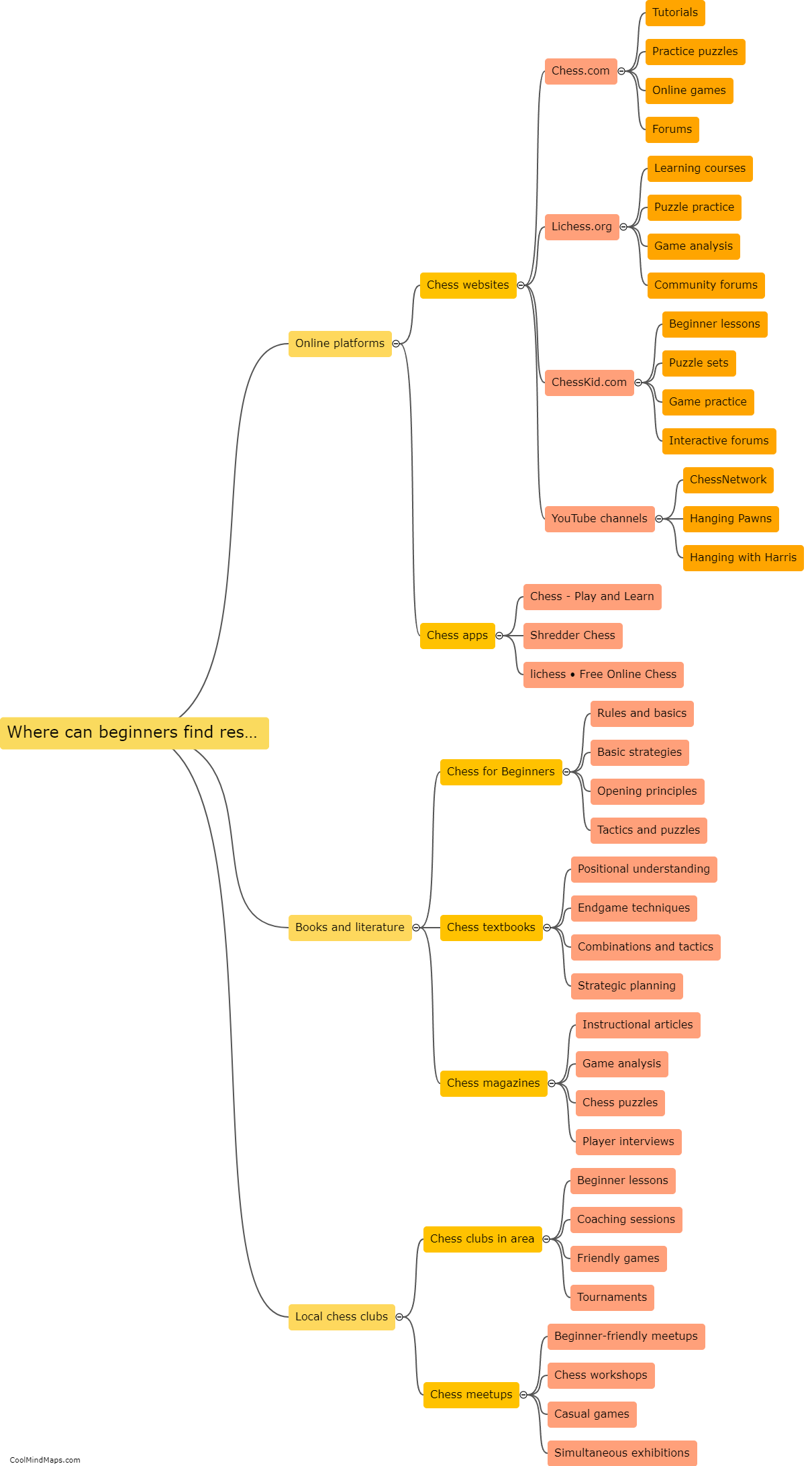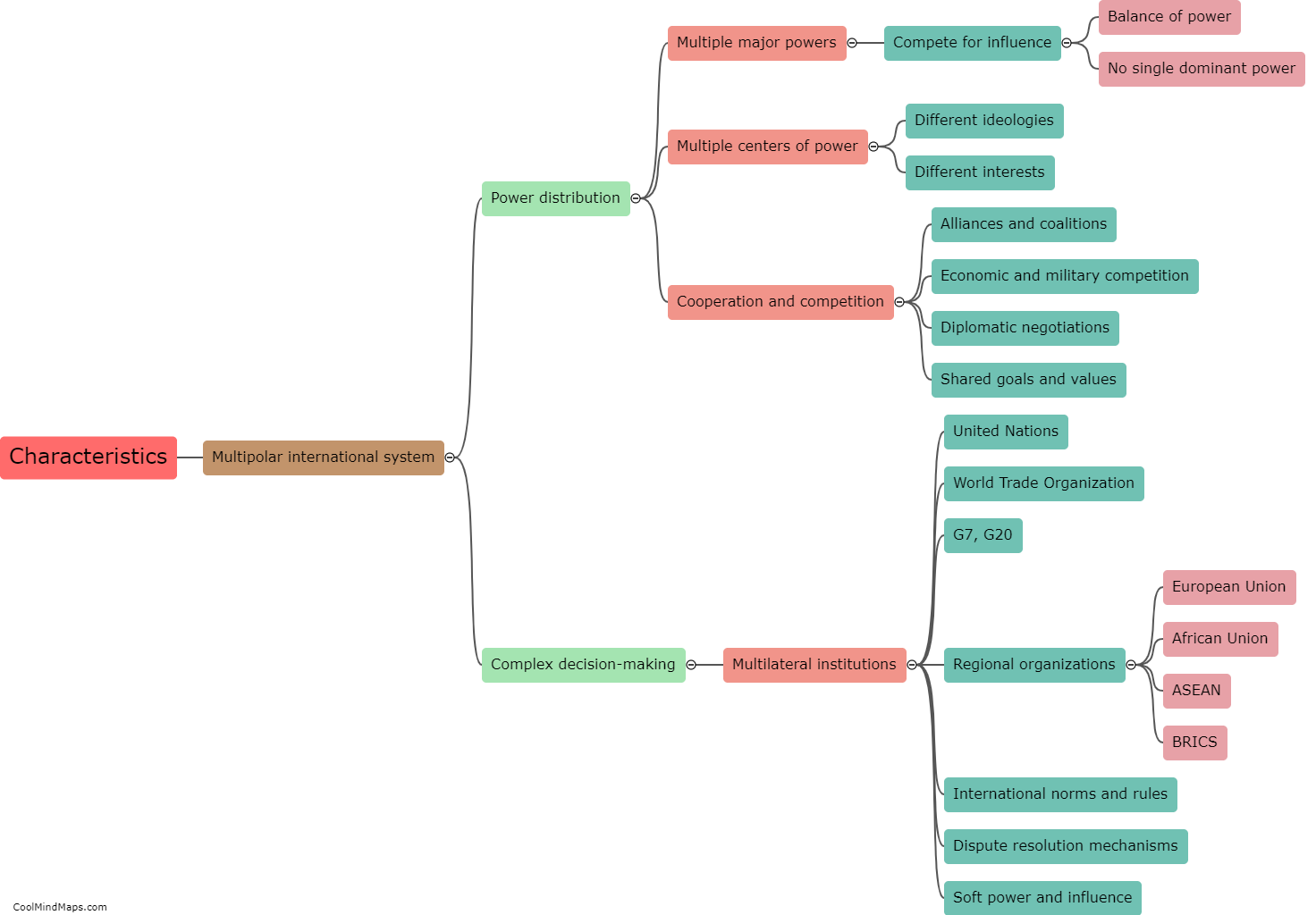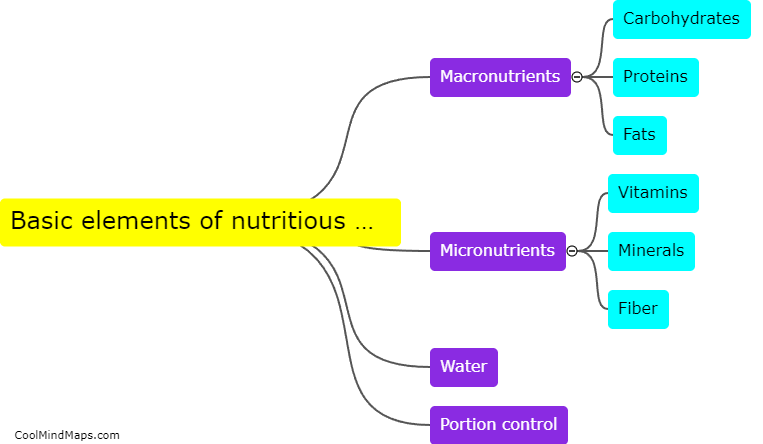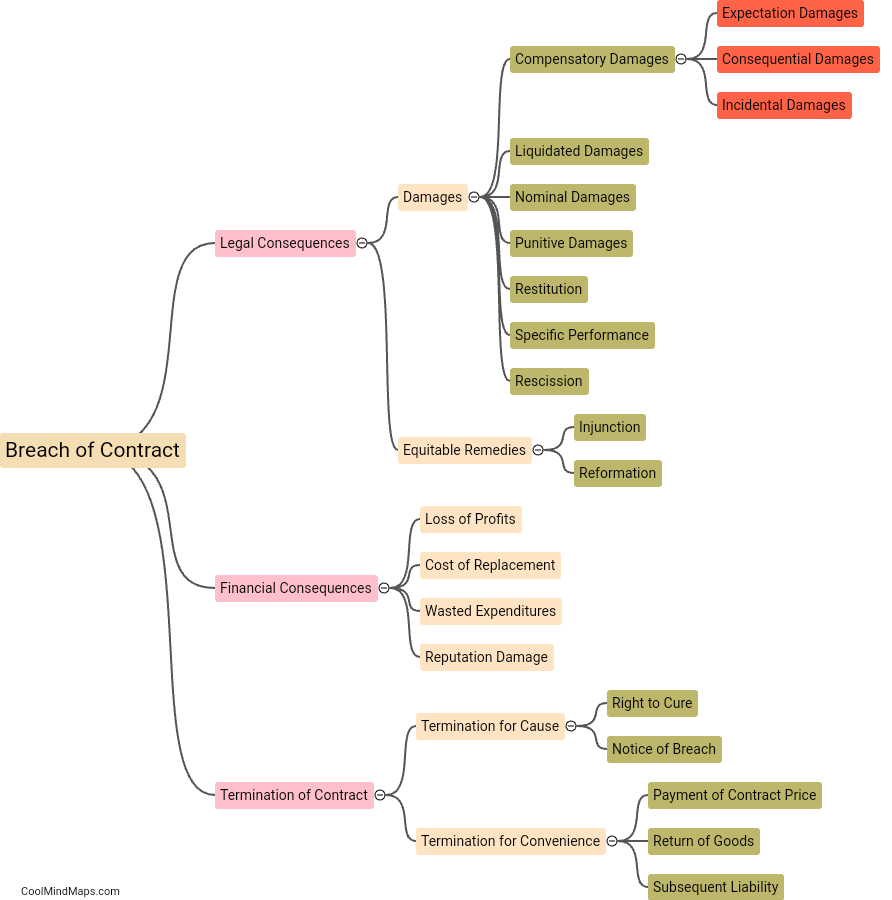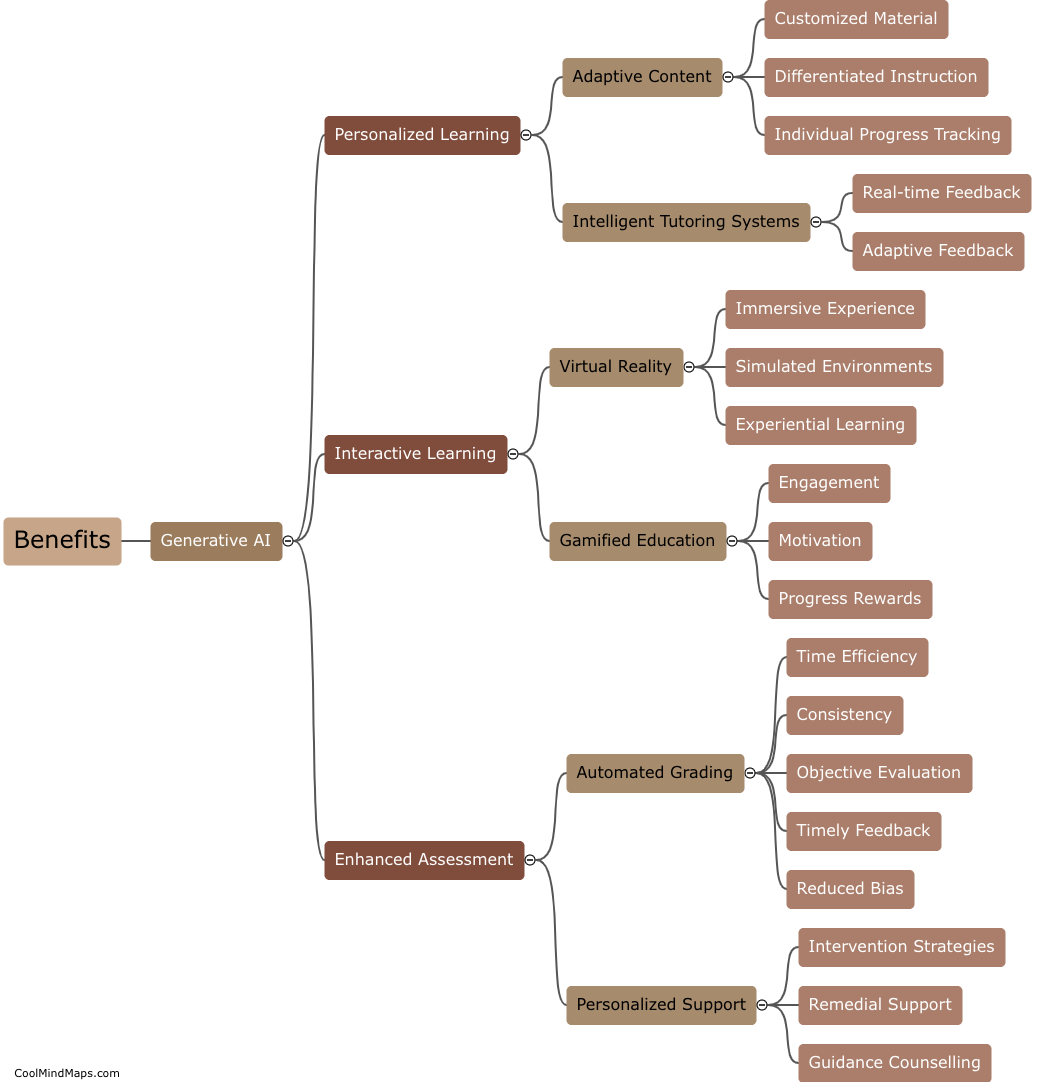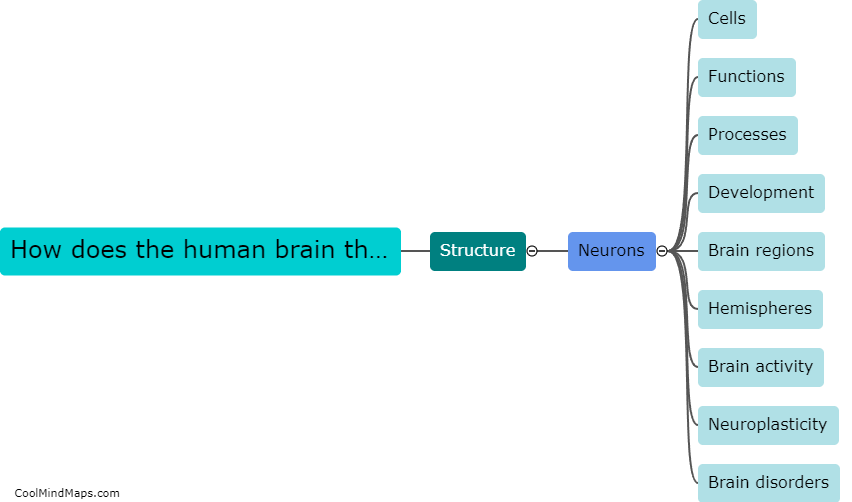What are the key components of simulation modeling?
Simulation modeling is a powerful technique used in various fields to mimic real-world systems and situations. It involves the creation and analysis of models that replicate the behavior and dynamics of complex systems. The key components of simulation modeling include the system being studied, which can be physical or conceptual, simulation software that facilitates the modeling process, and input data that informs the model's parameters and variables. Additionally, the model's variables, rules, and relationships are crucial components, as they determine the system's behavior and interaction amongst its elements. Output data and analysis are essential in evaluating the model's accuracy and effectiveness, allowing for decision-making and performance improvements in real-world systems. Overall, the key components of simulation modeling work together to create a virtual representation of a system, providing valuable insights and predictions to support decision-making processes.
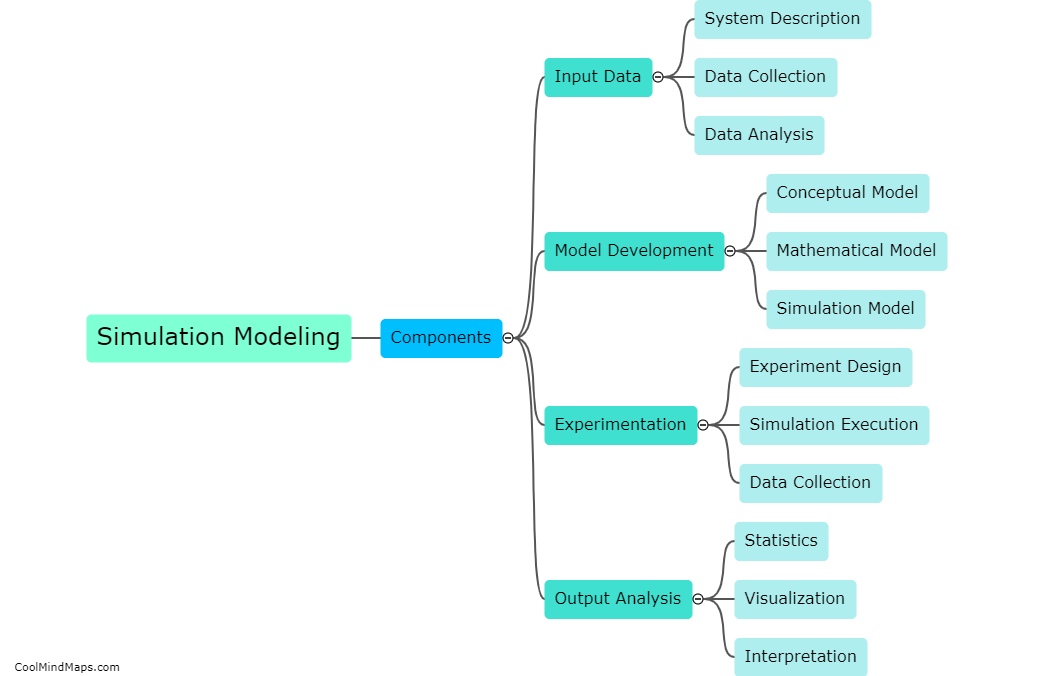
This mind map was published on 9 August 2023 and has been viewed 138 times.


